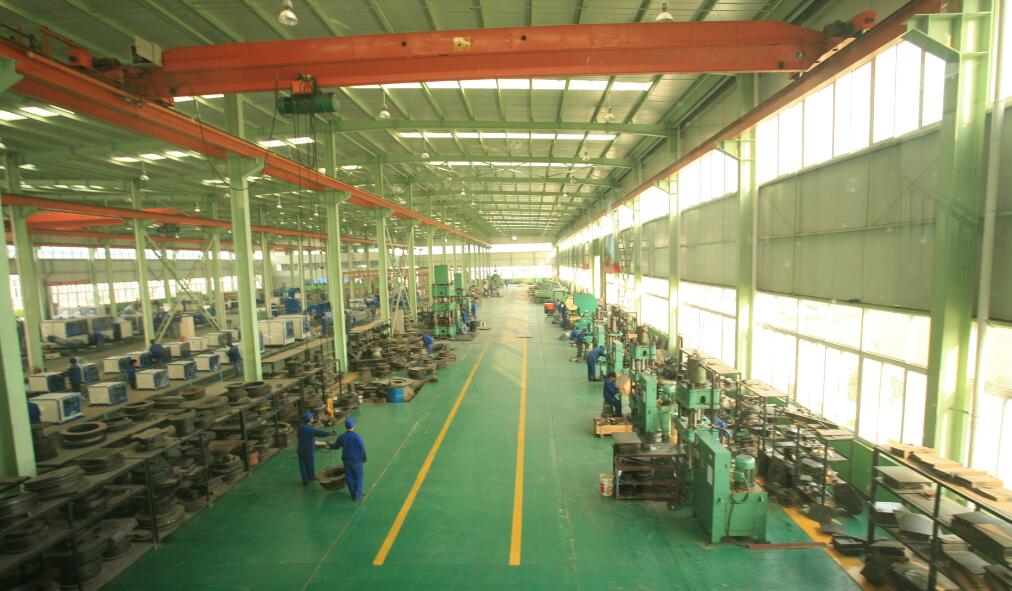With the advent of the Industry 4.0 era, industrial equipment data collection has become a key link in realising smart manufacturing and improving production efficiency. Traditional data collection solutions often rely on a centralised data processing approach, but this approach is often incompetent in the face of industrial scenarios with massive data and high real-time requirements. As a result, solutions for industrial equipment data collection using edge computing gateways have emerged, revolutionising data processing in the industrial sector. The purpose of this paper is to discuss the industrial equipment data collection scheme using edge computing gateway, analyse its advantages, implementation process and challenges, and propose corresponding optimization strategies.
I. Industrial Equipment Data Acquisition Solution
Solution Architecture
This scheme adopts edge computing gateway as the core device for data acquisition, and realizes real-time data acquisition and transmission by connecting with industrial equipment. The specific architecture includes: industrial equipment layer, edge computing gateway layer and data centre layer. The industrial equipment layer is responsible for generating and providing raw data; the edge computing gateway layer is responsible for data acquisition, pre-processing and transmission; and the data centre layer is responsible for data storage, analysis and application.
The use of edge computing gateway to achieve industrial equipment data collection needs to follow certain design and implementation steps:
1. Hardware Selection And Deployment: According to the actual needs of the industrial site, select the appropriate edge computing dispositivo de gateway and make reasonable deployment. Ensure that the gateway device can operate stably and reliably, and establish an effective connection with the industrial equipment.
2. Data Acquisition Protocol Customisation: Customise the corresponding data acquisition protocol according to the communication protocol and data format of the industrial equipment. Ensure that the gateway device can accurately and completely collect the equipment data.
3. Data Processing And Analysis: Implement data processing and analysis functions on the edge computing gateway, such as data cleaning, filtering and aggregation. Through preliminary processing of data, valuable information can be extracted to support subsequent applications.
4. Data Transmission And Storage: The processed data is transmitted to the central server for further analysis and storage in a safe and reliable way. At the same time, it is also necessary to consider a certain amount of local data storage in case of emergency.
II. Advantage Analysis
Edge computing gateway is a computing device deployed at the edge of the network, which integrates the functions of data processing, storage and communication, and is able to achieve real-time data collection, analysis and processing on the device side. By transferring computing tasks from the cloud to the edge of the network, the edge computing gateway can significantly reduce data transmission latency and improve data processing efficiency, thus meeting the high requirements for real-time and reliability in the industrial field.
The solution of using edge computing gateway to achieve industrial equipment data collection has been widely used in many fields, such as intelligent manufacturing, energy management, environmental monitoring and so on. Through practical application, we can find that the programme has the following significant advantages:
1. High Real-time: Edge computing gateway can process data in real time on the device side, avoiding the time delay of data uploading to the cloud and then processing, improving the real-time data collection.
2. High Reliability: Through localised processing of data, the edge computing gateway reduces the dependence on external networks and improves the stability and reliability of the system.
3. High Security: Edge computing gateway can encrypt and access control the data to ensure the security of the data in the transmission and storage process.
4. Cost Optimisation: Edge computing gateway can reduce the amount of data transmission, reduce network bandwidth and storage costs, while improving data processing efficiency and achieving cost optimisation.
Using edge computing gateway for industrial equipment data collection is an efficient, reliable and economical solution. Through reasonable planning and optimisation, the advantages of edge computing gateways can be fully utilised to provide strong support for digital transformation and intelligent upgrading in the industrial sector. In the future, with the continuous progress of technology and the continuous expansion of application scenarios, edge computing gateway will play a more important role in the field of industrial equipment data collection.